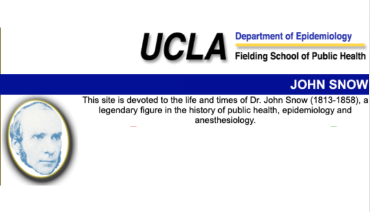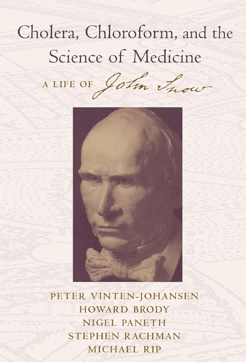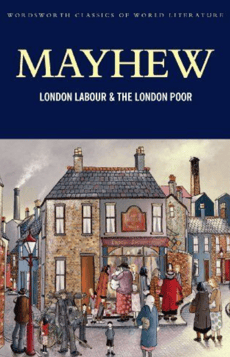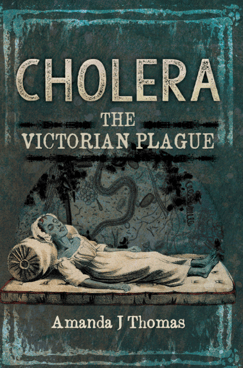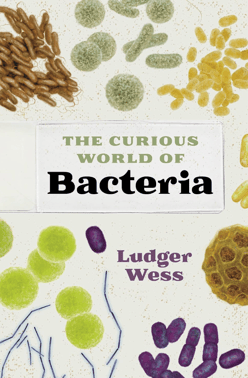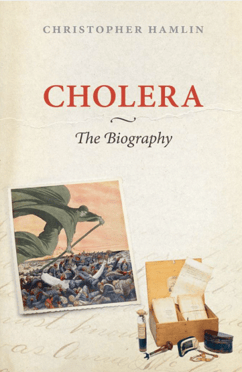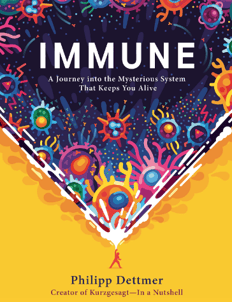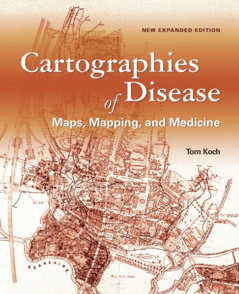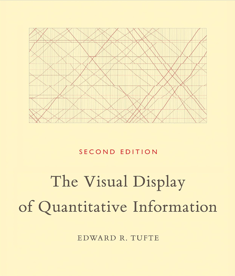Finding time for super curricular work or selecting resources that work for you can be challenging....
I've completed one Super Curricular activity - what next?
The Ghost Map by Steve Johnson - Where Next?
Being drawn to books and other super curricular resources is an occupational hazard when you spend your days searching for insightful, engaging and imaginative resources to add to our website.
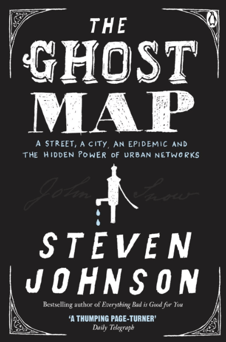
The Ghost Map; a street, a city, an epidemic, and the hidden powers of urban networks drew me in as it looks at a character I came across whilst teaching. John Snow is credited with finally finding and producing evidence that Cholera, one of the biggest killers of the 19th century, was not carried in the air (a miasmic disease) but was a bacteria carried in contaminated water. He went on to prove where it was coming from and how people were being infected - the now infamous Broad Street Pump.
Already familiar with the story through the teaching of public health and its history, I read this book recently whilst on holiday. Not only did it clear up, clarify, and extend his story but it gave fascinating and relatively easy-to-understand explanations of the biology of bacteria and why they are so successful, the history and sociology of London at that time and the importance of other people involved in the events, the mapping, local knowledge and hard work in not only unearthing connections between victims but also hard work to overturn current thinking on disease spread and potential cure.
If you happen to read this book perhaps looking at it from a biological, sociological, historical, medical or health perspective then what next? We always say to use something as a starting point and then dig deeper, find out more, and back up your thoughts, feelings, or reflections.
Here are the directions that your research could lead you depending on your interest.
🏥 Public Health & Jon Snow's Contribution
If you want to continue your research or understanding of Jon Snow's contribution to public health, anesthesia and modern medicine you might visit:
The UCLA Department of Epidemiology. A website dedicated to his work as 'the father of epidiomiology'. The site includes articles, journals, and historical documents related to his work.
Cholera, Chloroform and the Science of Medicine by Peter Vinten-Johansen et al looks at the background behind Jon Snow's actions. That his passion for vegetarianism, yes in the 19th century, drinking pure water and temperance were routed in his medical background. His breakthroughs in medicine and the legacy he has left medicine and human health with developments in anesthesia, respiratory physiology, and Cholera causes and prevention.
📜 History /Sociology
From a historical and sociological perspective, Ghost Map looked at London, the job roles, the living conditions of both the wealthy and poor, the 'laboring underclasses' and the lack of political or public health desire to change their opinions on disease transmission and potential cure and prevention. To develop this theme you might look at:
London Labour & The London Poor by Henry Mayhew gives a fascinating, developed picture of life in one of the most populous places in the world at the time, including living conditions, job roles and sanitation but also looks at other sociological and historical aspects of life in this century through speech, amusement, humour etc. This book would be a great way of tying in John Snow's story to a wider understanding of both the history and sociological development of London.
Cholera: The Victorian Plague by Amanda J Thomas takes a historical look at Cholera and blends historical evidence and first-hand accounts to tell the story of the disease, its catastrophic effects and the legacy it has left us with today in medical developments.
🌱 Biological
The Ghost Map gave a fascinating insight into how bacteria work, their strengths, weaknesses, and development over time. As a pre covid book its suggestions regarding the likelihood of new pandemics are unnerving. To further develop this theme you might look at:
The Curious World of Bacteria by Ludge Wess. Ludger Wess introduces an eclectic collection of impressive, useful, weird, and dangerous bacterial species. Wess reveals everything he knows about bacteria, including their ability to survive almost anywhere, to “sleep” for millions of years before becoming active again, to maintain their own immune systems (a discovery that has led to medical breakthroughs for humans), and to—hypothetically—live on other planets.
Cholera: The Biography by Biographies of Diseases. This book tells the story of Cholera and looks at both the medical success in the West, and the different attitudes to the disease in countries in which it is prevalent as opposed to those in which it puts in a temporary appearance.
💊 Medical/Health
The root of The Ghost Map was the root of the medical and public health developments that John Snow made, including his speciality which was the use of chloroform to anaesthetise for dental and medical treatments but also the use of statistical data and mapping to support these actions. To develop this theme you might look at:
And The Band Played On: Politics, People, and the AIDS Epidemic by Randy Shilts Shilts exposes why AIDS another misunderstood, misdiagnosed example of a disease allowed to spread for political, societal and philosophical reasons, was allowed to spread - while the medical and political authorities ignored (and even denied) the threat.
Immune: A Journey Into The Mysterious System That Keeps You Alive by Philipp Detmer. Looking at how our immune system works to fight mundane, routine to complex dangerous illnesses.
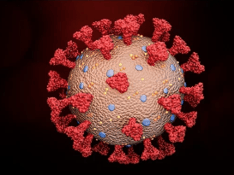
Anything about Covid-19 - Any books, websites, material, MOOCS that focus on the medical side of COVID-19, its capacity to spread, change, strengthen and weaken, and of course treatment, vaccination, and if it's here to stay.
🔢 Maths
Perhaps you've become fascinated about how mathematics proved to be pivotal in finally dispelling the myths of miasmic spread through mapping and statistical evidence. Perhaps these two resources will prove interesting, showing how maths can be applied to a range of practical applications.
Cartographies of Disease by Tom Koch looks at medical mapping, and how they can be used to demonstrate relationships between viral and bacterial communities, human hosts and environments and prove that often things are not merely pure coincidence. Looking back beyond John Snow to the 1600's and plague maps to modern technologies to track disease worldwide this is a great example of mathematics being used in everyday life.
The Visual Display of Quantitative Information by Edward Tufte looks at statistical graphing, analyses how to best display information but also recounts times when this type of evidence has proven to be invaluable to life-changing decisions such as the Broad Street Pump mapping.
One book, one resource can start a journey through a range of resources in a variety of different subjects and fields. Exploration is at the heart of great super curricular.


